18 December 2024
Gaming has grown from a niche hobby into a full-blown cultural phenomenon. Triple-A titles dominate the scene with their bombastic trailers, outrageous budgets, and lavish production values. But lurking in the shadows, another movement has quietly taken over the hearts of gamers worldwide: indie games.
These humble creations, backed not by billion-dollar corporations but by the blood, sweat, and tears of passionate developers, have reshaped the gaming industry in ways no one saw coming. But what’s behind this meteoric rise? Why do indie games matter so much in the grand history of gaming? Buckle up, because we’re diving deep into the world of independent gaming and why it’s a big deal—even if you’re not a gamer. 
What Exactly Are Indie Games?
Before we dive into their historical significance, let’s pump the brakes for a second. What are indie games, anyway?"Indie" stands for "independent," and that pretty much sums it up. Indie games are titles made by small teams—or sometimes just one person—without the financial or logistical backing of a major publisher. Think of them as the gritty garage bands of the gaming world: raw, passionate, and sometimes rough around the edges.
Unlike blockbusters like Call of Duty or Assassin’s Creed, indie games typically operate on smaller budgets, focusing more on creativity and innovation than flashy graphics or Hollywood voice actors. And that’s the magic—they’re the underdogs of gaming, punching way above their weight class. 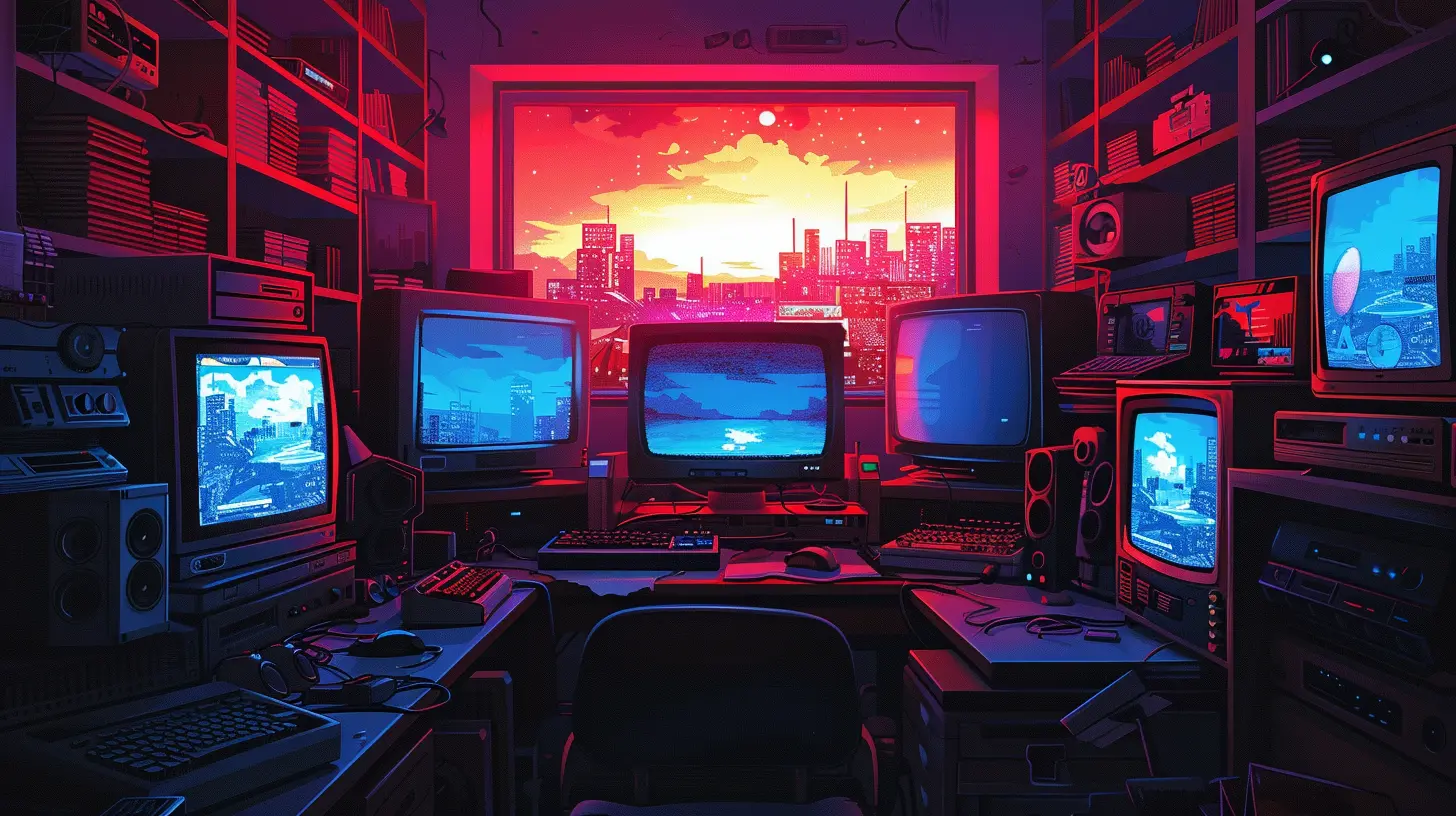
The Indie Revolution: Where Did It All Begin?
To understand the rise of indie games, we’ve gotta rewind. Indie games didn’t just pop out of nowhere like mushrooms after rain—they’ve always existed in some form. But their journey from obscurity to global prominence? Now that’s a story worth telling.The Early Days: A Little Bit of Chaos
Back in the ‘80s and ‘90s, the concept of indie games wasn’t even a thing. Most games during this era were created by small teams anyway, so the line between "indie" and "mainstream" was blurry. Development tools were limited, distribution was a nightmare (ever tried mailing floppy disks?), and if you wanted your game to reach people, you were out of luck unless you struck a deal with a big publisher.But even back then, sparks of indie brilliance emerged. Games like Tetris, which was famously created by a single Soviet programmer, showed what small-scale developers could accomplish. Still, indie devs had to claw their way into the spotlight, often facing impossible odds.
The Digital Age: A Game-Changer (Literally)
Fast forward to the mid-2000s, and everything changed. The industry was flipped on its head thanks to the rise of digital distribution platforms like Steam. Suddenly, developers didn’t need publishers or physical copies—they could upload their games online and sell directly to players.Then came the game-changer: Minecraft. Released in 2011, this blocky, sandbox adventure was the ultimate underdog story. What started as a passion project by Markus "Notch" Persson exploded into a cultural phenomenon, proving that indie games could not only succeed but also dominate.
From this point on, indie games weren’t just a quirky side hustle anymore. They became a legitimate force in the gaming industry. 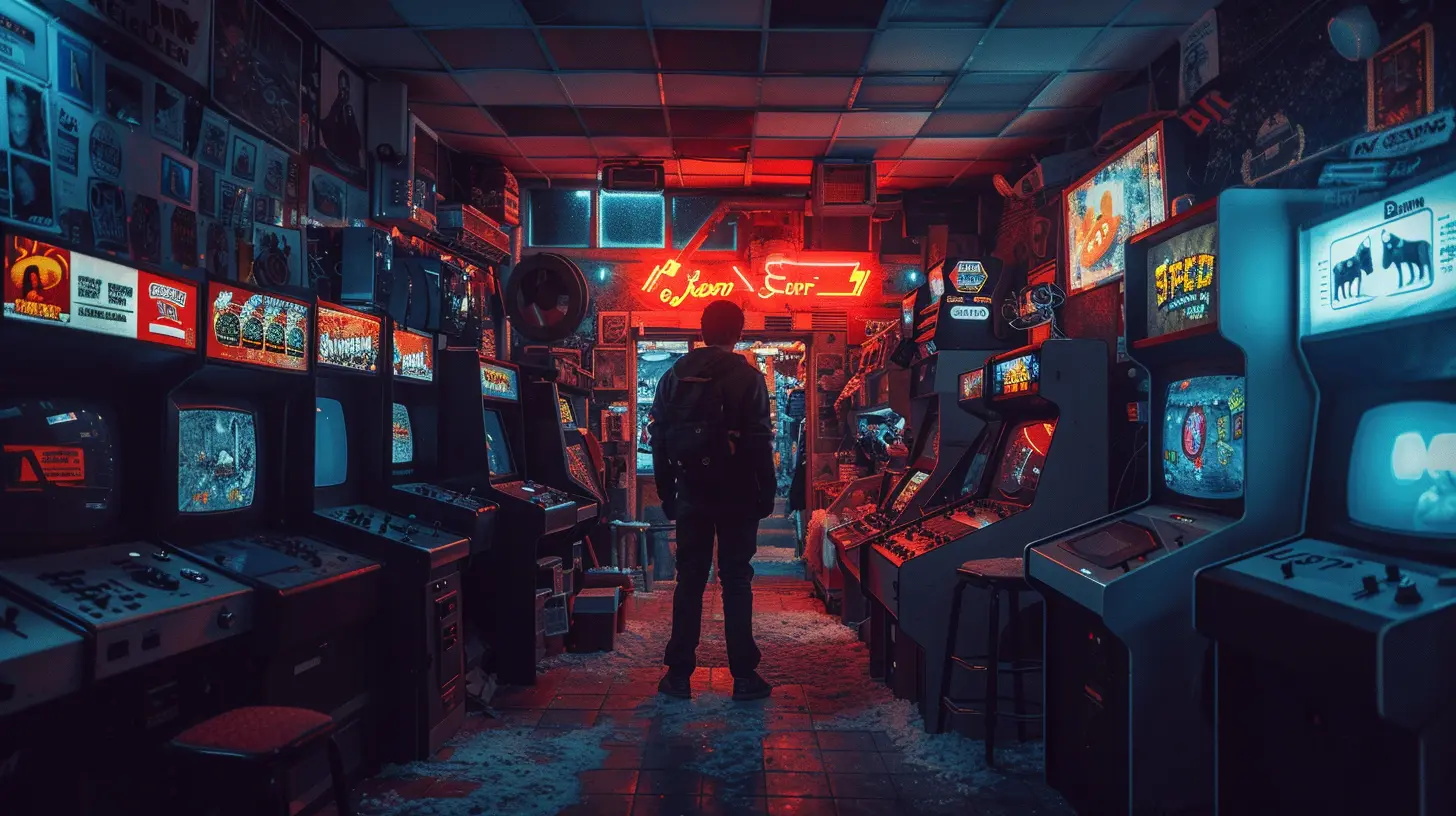
Why Have Indie Games Become So Popular?
Honestly, it’s hard not to love indie games. Here’s why they’ve captured the hearts of so many people:1. Creative Freedom
Imagine you’re a painter, and someone hands you a blank canvas. Now imagine they tell you what to paint, how to paint it, and what colors to use. See the difference?Indie developers don’t have to answer to corporate overlords or cater to focus groups. They can take risks, experiment, and create games that mean something. Whether it’s the emotional storytelling of Celeste or the mind-bending puzzles of Braid, indie titles push boundaries in ways mainstream games often can’t.
2. Relatable Underdogs
Who doesn’t love an underdog story? Indie devs are often just everyday folks with a dream, hustling to make it happen. There’s something inherently charming about rooting for a small team—or even a solo dev—going head-to-head against industry giants.It’s like watching a David vs. Goliath fight, except David wins by making a game about a goose stealing people’s belongings (Untitled Goose Game, anyone?).
3. Lower Price Point
Triple-A games cost a small fortune these days, and not everyone can justify dropping $70 on a single title. Indie games, on the other hand, are usually much cheaper.They’re the gaming equivalent of finding a hidden gem at a thrift store—low cost, high reward. 
The Historical Significance of Indie Games
So, indie games are cool and all, but why do they matter? What makes them significant in the broader context of gaming history? Let’s break it down.1. Preserving the Spirit of Innovation
Remember the early days of gaming, when developers were constantly experimenting and pushing the envelope? Indie games keep that spirit alive.While the big players tend to play it safe (sequels, anyone?), indie devs are out here reinventing the wheel. Want a game about running a dystopian border checkpoint (Papers, Please)? Or how about one that’s entirely narrated by a sarcastic voice in your head (The Stanley Parable)? Big publishers wouldn’t touch these ideas with a ten-foot pole, but indie developers bring them to life.
2. Representation and Diversity
Indie games have also been a driving force for representation in gaming. Because they’re often made by smaller, more diverse teams, they tackle topics and perspectives that mainstream games usually shy away from.Games like Night in the Woods explore mental health, Gone Home delves into LGBTQ+ themes, and Spiritfarer touches on complex emotions like death and grief—all in ways that feel authentic and heartfelt.
3. Empowering a New Wave of Creators
Back in the day, making a game required expensive tools, a big team, and lots of time. But modern technology has leveled the playing field. With affordable game engines like Unity and Unreal, more people than ever can create games.Indie games have inspired an entire generation of creators, proving that you don’t need a big budget or corporate backing to make something incredible.
What’s Next for Indie Games?
If the past few decades are any indication, indie games aren’t going anywhere. In fact, they’re only going to become more important. Here’s why:- Accessible Tools: Technology keeps evolving, making it easier for newcomers to dive into game development. Who knows? The next Hollow Knight might be crafted by someone tinkering in their bedroom right now.
- Community Support: Crowdfunding has changed the game for indie developers. Platforms like Kickstarter provide a way to fund projects directly, skipping traditional publishing models entirely.
- Increasing Demand: Players are hungry for unique, meaningful experiences, and indie games deliver in spades.
Final Thoughts
The rise of indie games isn’t just a passing trend—it’s a full-blown revolution, shaking up the gaming industry in the best possible way. These games remind us that creativity, passion, and heart can triumph over giant budgets and flashy marketing.So the next time you’re browsing for something to play, why not take a chance on an indie title? You might just stumble upon your new favorite game—and hey, you’ll be supporting someone’s dream in the process.


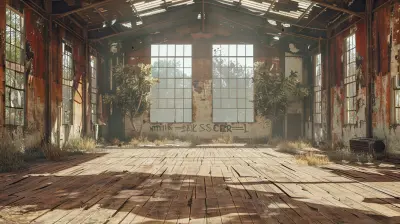
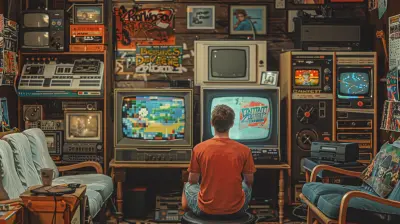
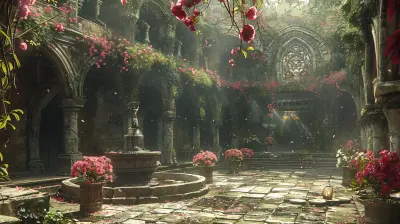


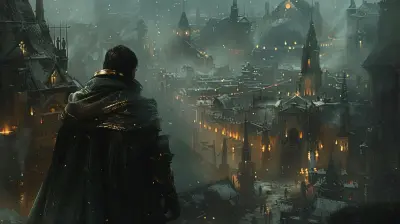

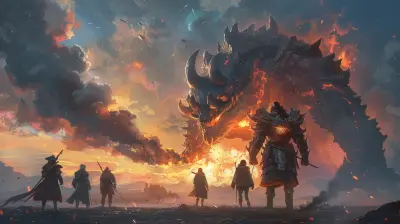
Renata McKinstry
This article beautifully captures the profound impact of indie games on the gaming landscape. Their creativity and innovation not only challenge industry norms but also enrich our cultural narrative. Well done!
February 7, 2025 at 4:25 PM